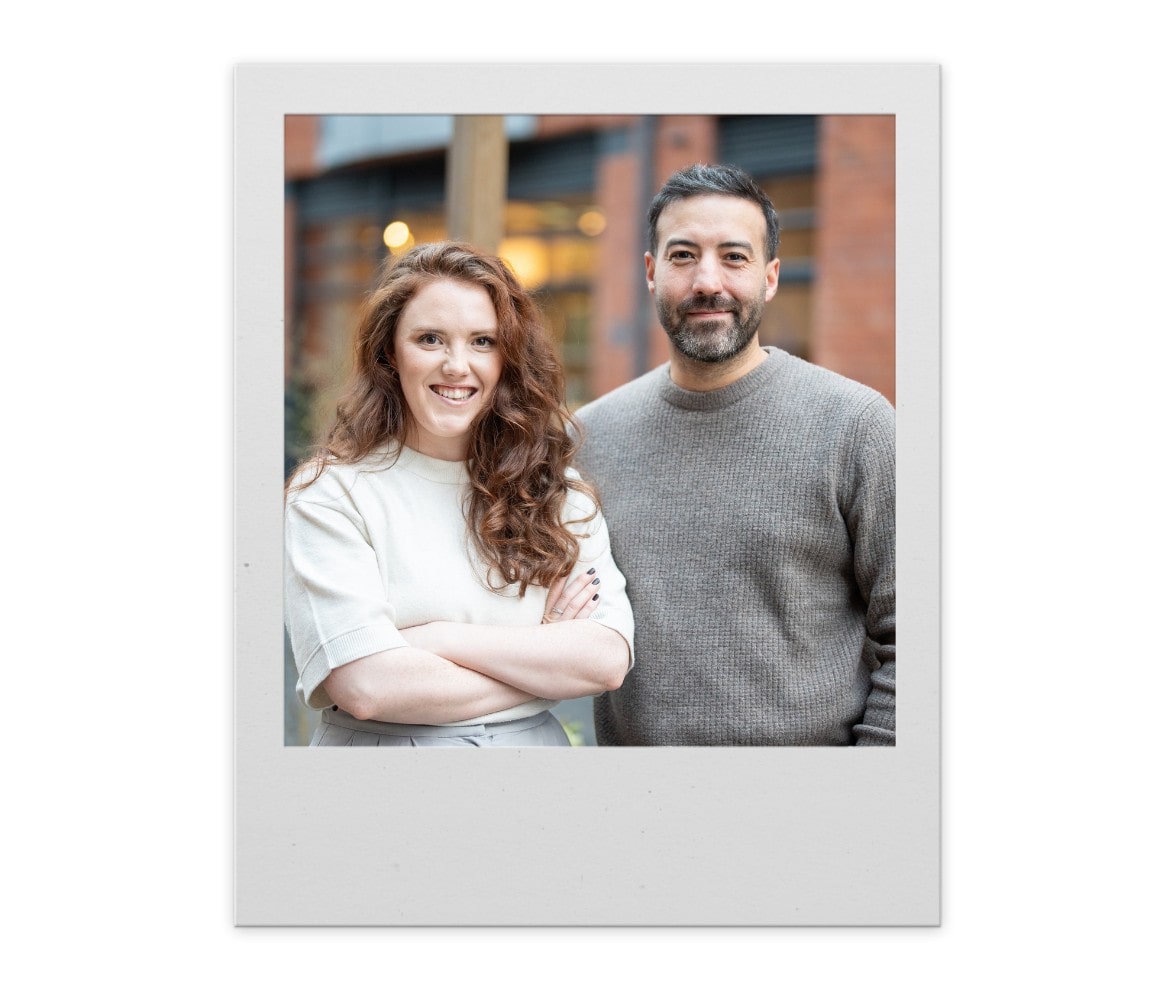July 1st 2023. A date that marketers and web developers have been discussing for some time now, but why I hear you ask? Well, July 1st meant that Universal Analytics (UA) would no longer process data and will be replaced by Google Analytics 4 (GA4). GA4 has been around since October 2020 but the uptake to the platform was slow and few, so Google took matters into their own hands.
In March 2022, they announced that UA would stop processing hits and that all new data would be processed in GA4, giving everyone just over a year to make the switch. Well, that date has now come and gone and it’s finally time for marketers and web developers to say goodbye to UA.
Are you still unsure what the difference between the two properties is? Then let us explain.
What are the differences between UA and GA4?
Track App Data In The Same Property
Perhaps the most significant difference between the two properties, and the most anticipated function, was the ability to track website and app data within the same property. In a time before GA4, app data was collected within GA Firebase, a separate platform. As consumer habits and technology change, they’re flicking between desktop, mobile and apps, making it harder to track and analyse their actions. Data analysts can now breathe a sigh of relief as in GA4, this data is now unified and easier to combine.
Bounce Rates and Engaged Sessions
This is an area within GA4 that has changed quite a bit compared to what it was in UA. Bounce rates in UA were measured as a percentage of single page sessions where there were no interactions with the page. In GA4 however, this is now measured via the percentage of sessions that weren’t engaged sessions.
So, what’s an engaged session? This is defined as a session that lasts 10 seconds or longer, has 1 or more conversion events or has 2 or more page views. Technically in GA4, the bounce rate is now the opposite of the engagement rate. This now provides more useful data to businesses as it’s a way of measuring the level of engagement customers have with your site or app. For example, if a customer visits a specific page on your site and leaves quickly and without clicking on anything then this may suggest that they couldn’t find what they were looking for.
Active Users
UA offered two User metrics to track visitors to your site, new users and total users. GA4 however offers three User metrics. New users and total users remain (with some slight changes) however we’ve been introduced to a new primary user metric, active users. This can sound a bit misleading and isn’t to be confused with real-time users who are currently viewing your site. Instead, this metric provides data to show the number of distinct users who visited a website or app and is defined as any user who has an engaged session.
What do we think of GA4?
We’ll be honest with you, when GA4 first launched, we weren’t massive fans. Initially we found the user interface difficult to get the information we required however as we became more familiar with GA4 it became apparent that it provided a much more structured overview of the data. When the announcement came that all data needed to be migrated to GA4 we immediately onboarded our clients and started testing reporting in the property.
Since using GA4, this has changed the way we work with other Google applications such as BigQuery, a serverless datawarehouse that helps to manage and analyse data, and Looker Studio, which turns data into easy to read, customisable reports and dashboards.
Previously in UA, data was organised into 4 scope-types: user data, session data, hit data and product data. GA4 however enables you to set custom dimensions through parameters at an event, item and user level, which allows us to measure specific interactions on a website or app and gain a better understanding of individual actions a user may take in a session. It took some time, but we eventually came round to GA4!
If you’re still struggling to wrap your head around GA4 or want to discuss how you can get the most out of your data then get in touch – we’d love to hear from you.





